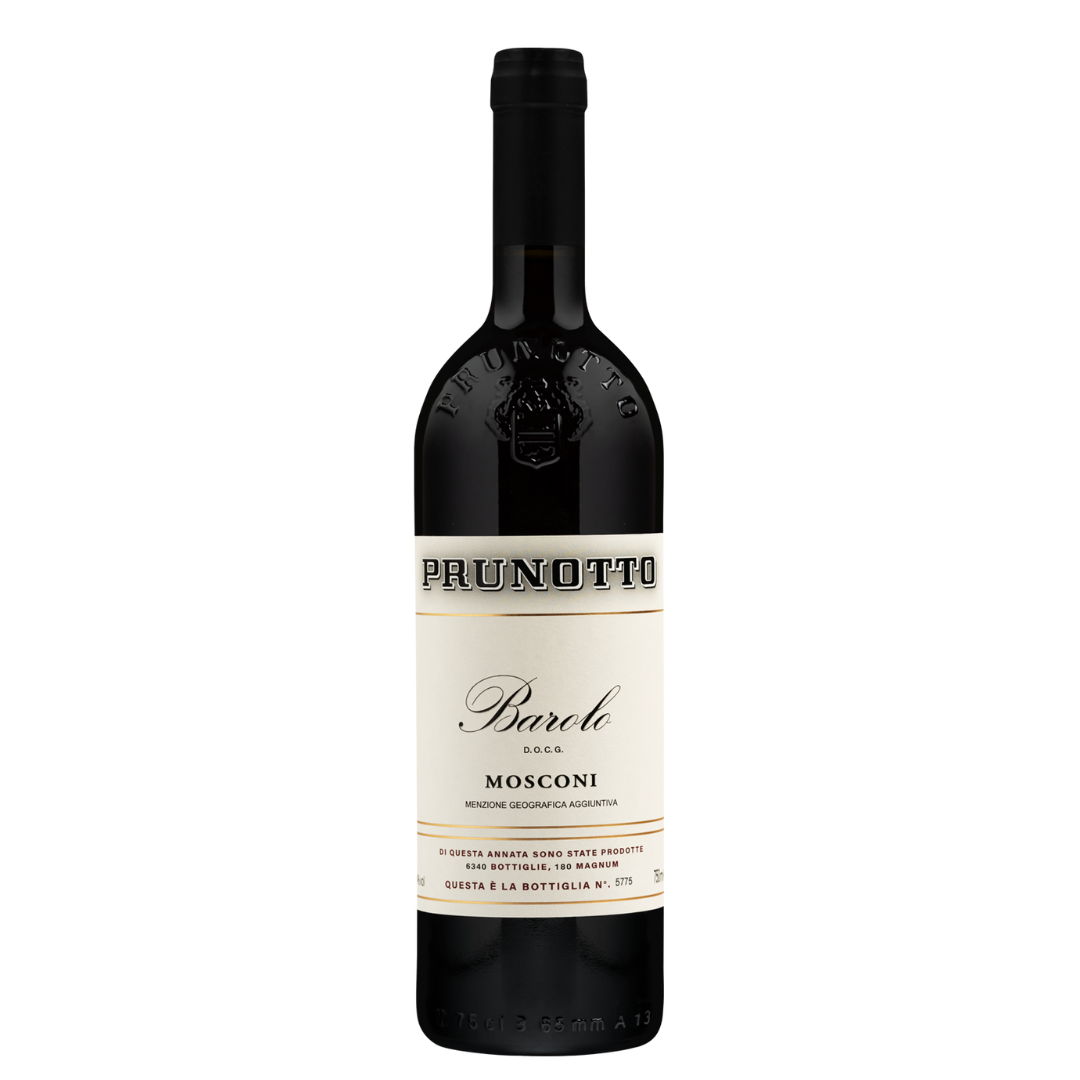Barolo Riserva Mosconi DOCG 2019 Prunotto
Barolo Riserva Mosconi DOCG 2019 Prunotto
Pay in 3 installments with Scalapay, Klarna or Paypal.
Impossible to upload the availability of withdrawal
⌛️ Delivery times
⌛️ Delivery times
Delivery in 1-3 working days worldwide.
Once your package has been shipped, we will send updates on the exact delivery date via email.
Learn more
🚛 Shipping Costs
🚛 Shipping Costs
In ItalyFree delivery for orders over €79 (net of any discount codes).
Rest of the worldShipping costs are calculated at checkout based on the weight and volume of the package.
Learn more
💰 Payment Methods
💰 Payment Methods
You can pay with:
1) Credit/debit card
2) PayPal
3) In 3 interest-free installments with Klarna, Paypal, and Scalapay (Available at checkout).
3) Cash on delivery (mark)
4) Bank transfer
5) Amazon pay, apple pay, google pay etc...
Regarding the option “Mark" can only be selected for amounts under €100. If you have a higher expense, an advance payment is required which can be paid using any of the methods previously indicated. You can find all the relevant information in our section. Payments.
🎁 Are you giving a gift?
🎁 Are you giving a gift?
1) All our packages are shipped without invoice, the recipient will not read the price of the products.
2) 💌 Do you want to add a gift message??
- Add products to cart
- On the cart page, write the message text in the "notes" .
Having trouble? Send us the text of your gift message via email after placing your order, in response to the proof of purchase.
🗓️ Would you like to receive the products on a specific day?
🗓️ Would you like to receive the products on a specific day?
1) Add products to cart
2) On the cart page, write the date in the "notes" .
3) Having trouble? Email us after placing your order, following the purchase confirmation.

Why choose local things
Recommended for you
Limited availability
Safe shipments
-

1. The products are physically present in our office in Umbria.
-

2
-

3. Delivery in 24/48 hours, selecting the best courier for the selected shipping address.


















